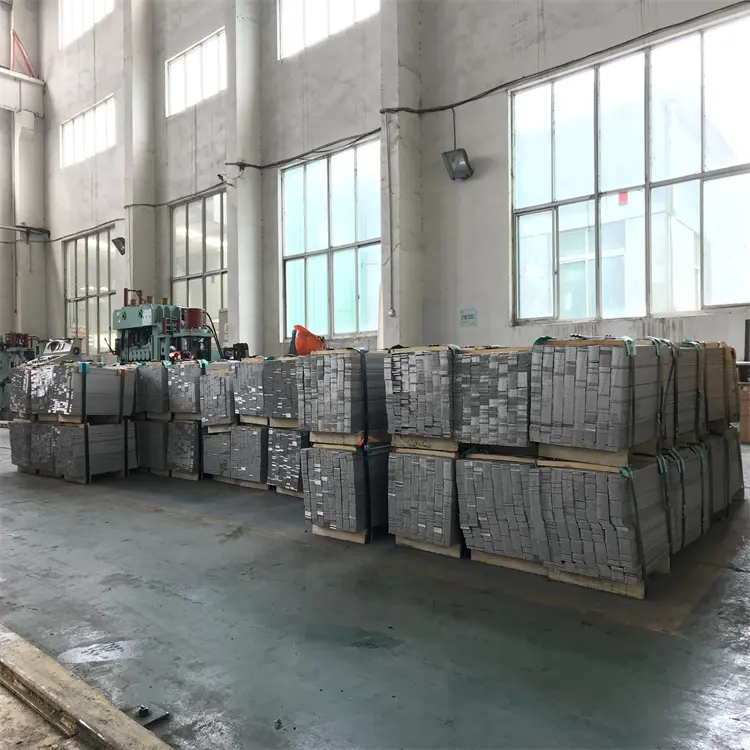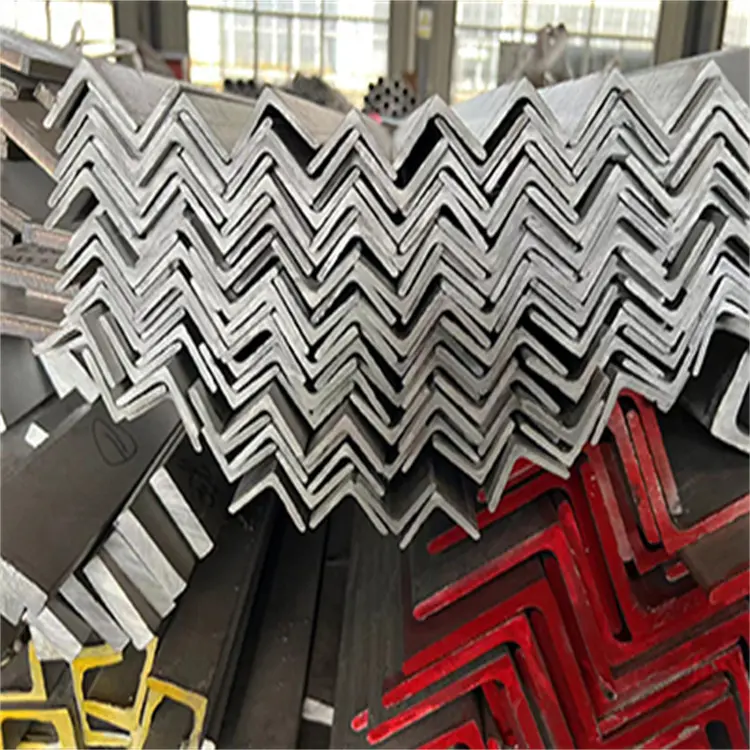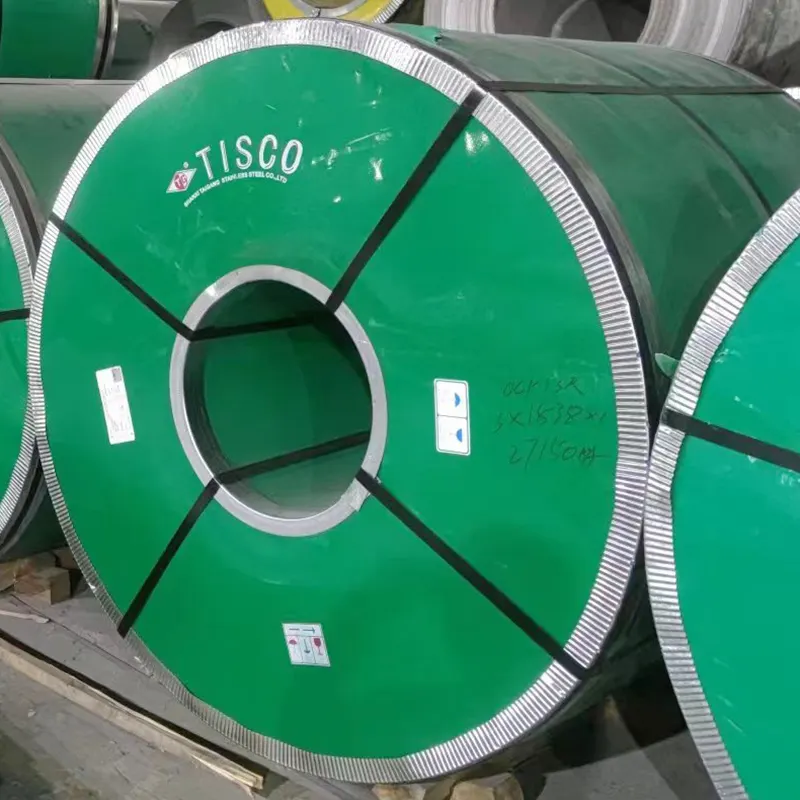stainless steel rod prices
Stainless steel rod prices represent a crucial aspect of the metal manufacturing and construction industries, reflecting both market dynamics and material quality. These prices are determined by various factors including grade composition, diameter specifications, and market demand. The most common grades, such as 304 and 316, offer different levels of corrosion resistance and strength, directly impacting their price points. Stainless steel rods serve essential functions across multiple industries, from construction and automotive to food processing and medical equipment manufacturing. The technological features of these rods include exceptional tensile strength, superior corrosion resistance, and remarkable durability under extreme conditions. Modern manufacturing processes ensure consistent quality through precise control of chemical composition and surface finish. The pricing structure typically varies based on dimensions, with standard sizes ranging from 2mm to 500mm in diameter. Market fluctuations in raw material costs, particularly nickel and chromium, significantly influence the final pricing. Additionally, factors such as production volume, surface finish requirements, and specific grade characteristics play crucial roles in determining the final cost. Understanding these price determinants is essential for buyers to make informed purchasing decisions and optimize their material investments.


